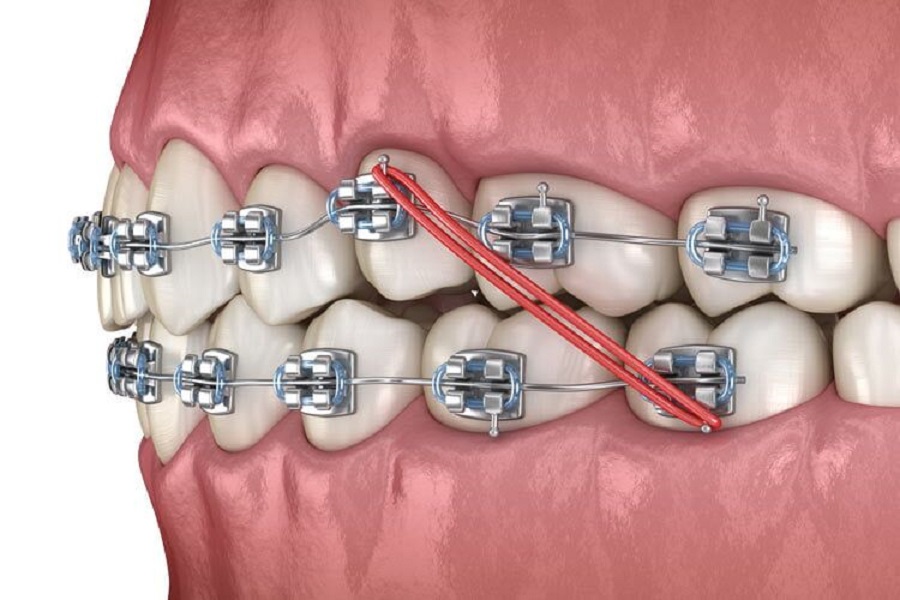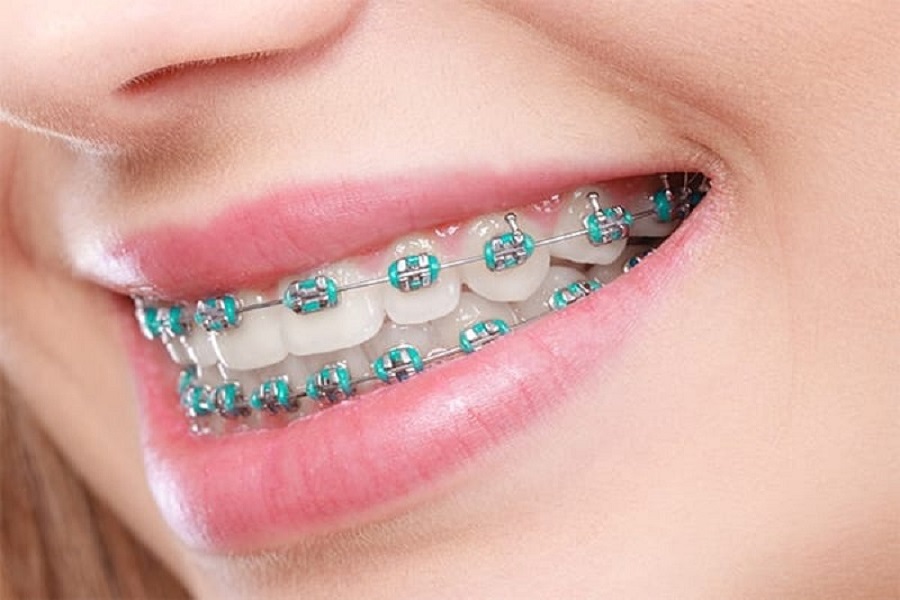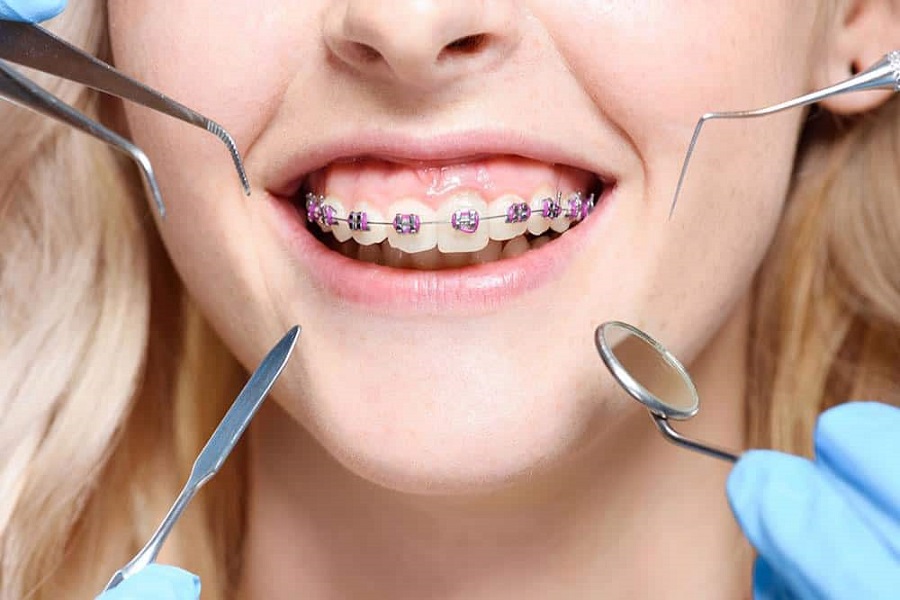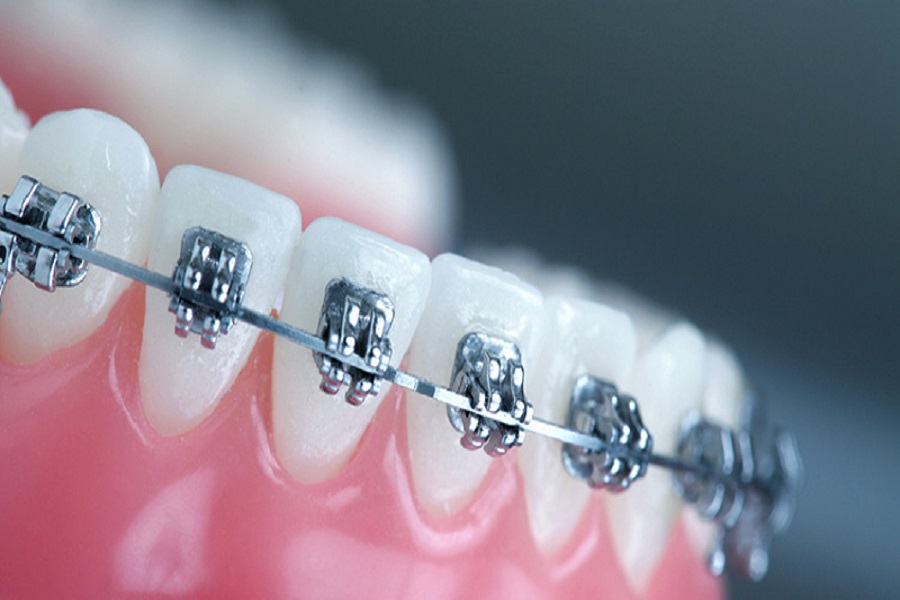After the deciduous tooth fell out early, the gap was originally reserved for the inherited permanent teeth, but the adjacent front and rear teeth lost their support and the original balance was destroyed, and they would quickly fall into the gap and The gap is moved until the gap is fully or partially occupied. As a result, when the permanent teeth are replaced, there is no place for the permanent teeth to erupt, and they are impacted in the gums or erupted outside the dental arch to form a dislocation. At the same time, the development and symmetry of the dental arches will also be affected. The length of the dental arches on both sides is inconsistent or shortened at the same time, and it is difficult to establish a harmonious relationship between the upper and lower dental arches.
If most of the deciduous teeth fall out early, the jaw will not get the necessary physiological stimulation and affect the development. When it occurs in the upper jaw, it can cause retrognathia, and when it occurs in the lower jaw, it can cause deep overbite and deep overburden. When the upper and lower jaw occur at the same time, it can cause the underdevelopment of the lower third of the face, which affects the function and appearance. Therefore, after the premature loss of primary teeth in children, they should be treated in time, and a gap maintainer should be worn to maintain the gap distance and facilitate the smooth eruption of the successor permanent teeth.




























